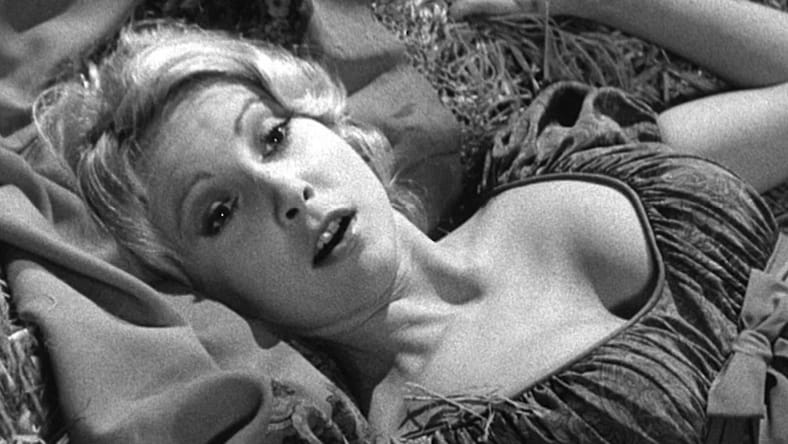
Young Frankenstein, which turns 50 this year, was born from Mel Brooks’ other masterpiece, Blazing Saddles.
The prolific collaboration between Brooks and Young Frankenstein star Gene Wilder that began when Brooks saw Wilder in a play that also starred Brooks’ wife, Anne Bancroft. Soon, Brooks cast Wilder in his 1967 film The Producers, and then in his 1974 hit Blazing Saddles.
Here are 12 Young Frankenstein behind the scenes stories, starting with how Wilder first told Brooks about his idea for the monster movie satire.
From Blazing Saddles to Young Frankenstein
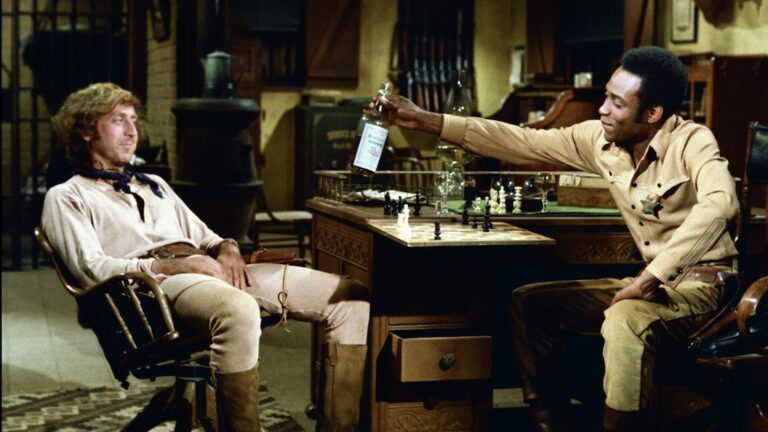
Brooks has told slightly different versions of the story, but in his terrific 2020 memoir, All About Me!, he wrote: “One day on the Western town set of Blazing Saddles, when we broke for lunch I noticed Gene Wilder leaning against the sheriff’s office and scribbling something on a pad propped up on his knees.
“I said “Gene, how ’bout lunch?” He said, “In a minute, I have to finish a thought I have.” … He handed me the pad and at the top had written the words ‘Young Frankenstein.’
Wilder explained that it was an idea for a movie “about Baron Frankenstein’s grandson. He’s an uptight scientist who doesn’t believe any of that nonsense about bringing the dead back to life. Even though he is clinically a scientist, he is as crazy as any Frankenstein.”
Mel Brooks’ Initial Payment for Young Frankenstein Was $57
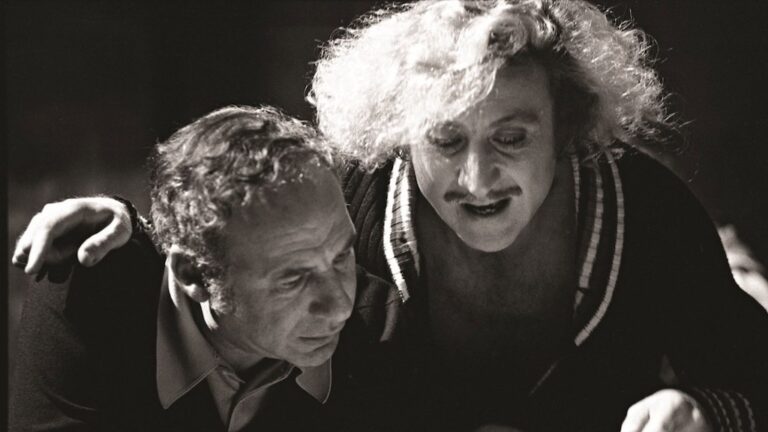
Mel Brooks added in his memoir that when he asked Wilder his dream for the movie, Wilder replied, “My dream is for you to write it with me and direct the movie,” to which Brooks replied, “You got any money on you?” Brooks said Wilder told him, “I have fifty-seven dollars.”
Brooks wrote that he then replied: “‘It’s a beginning …. I’ll take it as a down payment on writing Young Frankenstein with you. If I like what we’ve done, I’ll direct it.” And if this sounds like a Mel Brooks routine, Brooks insisted in the book: “This is true.”
The two began working at the script at Wilder’s bungalow at the Hotel Bel-Air after their daily work on Blazing Saddles was done, “over Earl Gray tea and English digestive biscuits,” according to Brooks, and did rewrite after rewrite on each scene “until we were more or less satisfied.”
Black and White Was a Dealbreaker for Mel Brooks
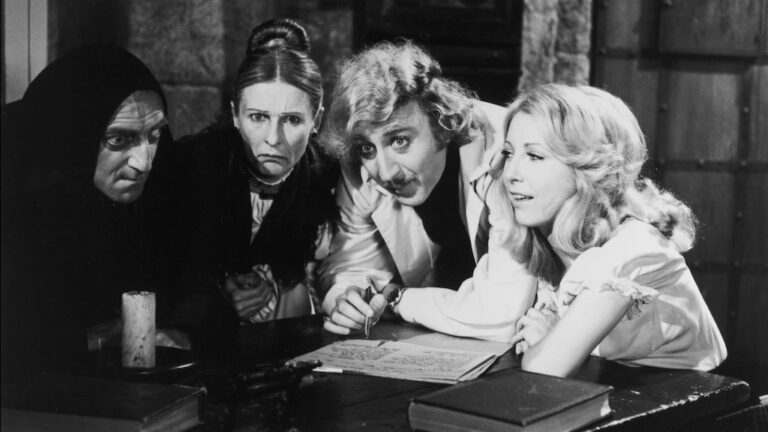
Mel Brooks and Gene Wilder strongly believed the film should imitate the look of director James Whale’s classic black-and-white 1930s films Frankenstein and Bride of Frankenstein, which meant shooting in black and white.
When the script was done, Wilder and Brooks went to Columbia Pictures to try to sell the film. (“Blazing Saddles hadn’t been released yet, so my reputation as a hit-producing moneymaker was not yet established,” Brooks wrote in his memoir.) The studio agreed to pay $1.75 million for the film. But on his way out of the meeting, Brooks informed the studio executives, “oh, by the way, we’re going to make it in black and white.”
Columbia offered a compromise, according to Brooks: They could shoot it in color for international audiences, but remove the color and release it in black and white domestically. “I said no, because I knew they’d somehow trick us and release it in color anyway,” Brooks wrote.
So Columbia said the deal was off.
Young Frankenstein Opened the Door for Star Wars
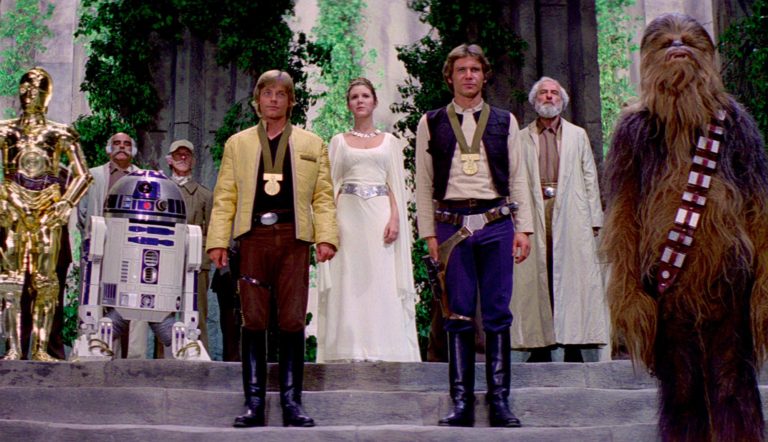
That same day, producer Mike Gruskoff suggested showing the script to Alan Ladd Jr., aka Laddie, who had just joined the leadership team at Twentieth Century Fox. Ladd loved it, agreed it should be in black and white, and authorized a budget of $2.4 million.
Ladd was promoted in 1976 to president of Fox’s film division, which Brooks said was in large part thanks to the $86 million box-office returns for Young Frankenstein, which made its money back many times over.
Brooks wrote that this success to Ladd “in a position to greenlight over three hundred films during his illustrious career, including High Anxiety (1977), Star Wars (1977), Alien (1977), Blade Runner (1982), A Fish Called Wanda (1988) and Thelma and Louise (1991),” wrote Brooks.
Marty Feldman Came Up With ‘the Funniest Retort in the Movie’
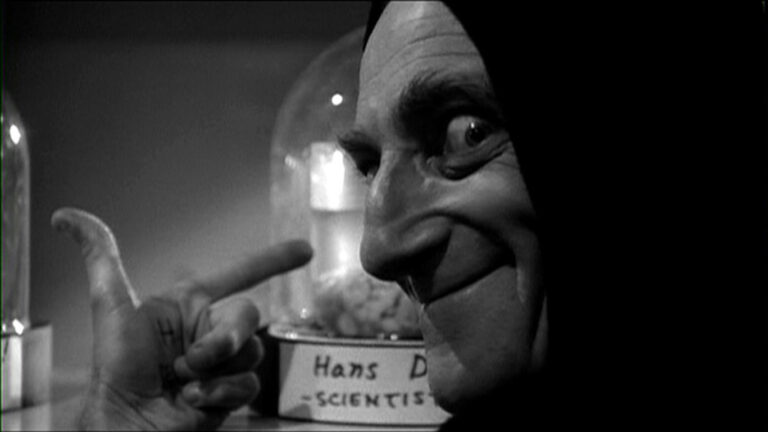
For all the jokes he and Gene Wilder came up with, he wrote that the “funniest retort in the movie” came from actor Marty Feldman, who played the humpbacked Igor.
When Dr. Frankenstein (Wilder), offers, “I don’t mean to embarrass you, but I’m a rather brilliant surgeon, perhaps I could help you with that hump,” Feldman ad-libbed, “What hump?”
Gene Wilder Asked Mel Brooks Not to be in Young Frankenstein
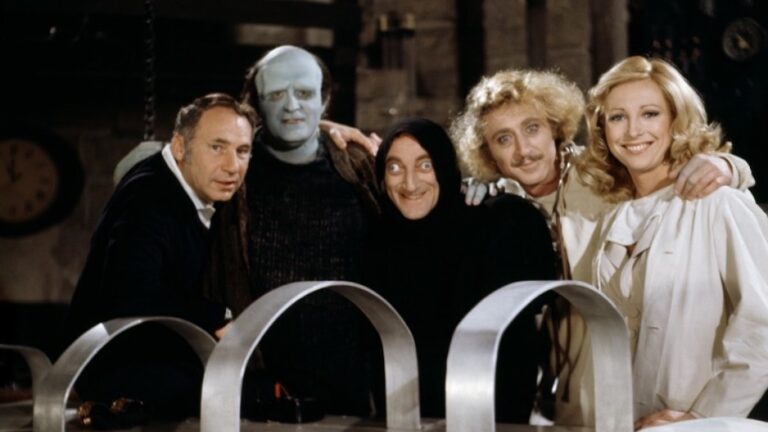
Mel Brooks recalled in his memoir that Gene Wilder had just one request for him, and delivered with “with a big smiles on his face.” He asked that Brooks — who played four roles in Blazing Saddles — not appear in Young Frankenstein.
When Brooks asked why, Wilder replied, “Because I don’t want a minute of your concentration to be split between your acting and directing.”
Brooks did ultimately record several voice parts, and played a German villager in one short scene. He also got plenty of screen time in his next film, 1976’s Silent Movie, in which he was the lead.
Gene Hackman Signed Up Over Tennis
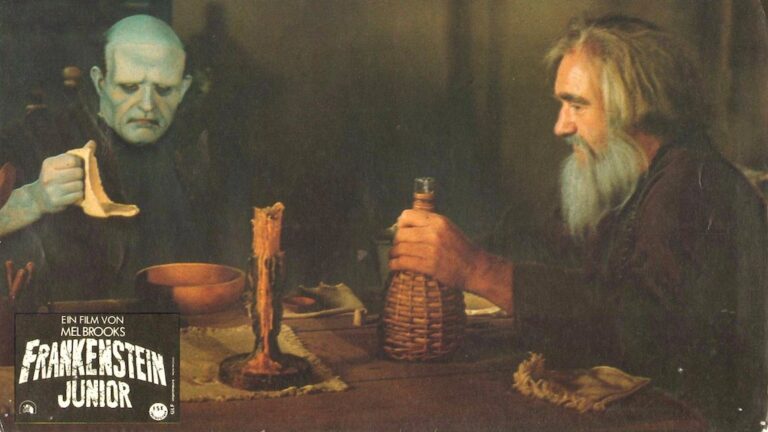
Gene Wilder played tennis every Saturday with Gene Hackman, who was red-hot after his Best Actor Oscar win for 1971’s The French Connection. When Wilder told him about Young Frankenstein, Hackman asked for a role, saying, “I’m dying to do some comedy,” according to Brooks. Wilder had a small but perfect role in mind.
Hackman played a lonely old hermit, who was so unrecognizable under his beard that “nobody knew the blind man was Gene Hackman until they saw his name at the end of the credits.”
Young Frankenstein Used the Original Frankenstein Lab Equipment
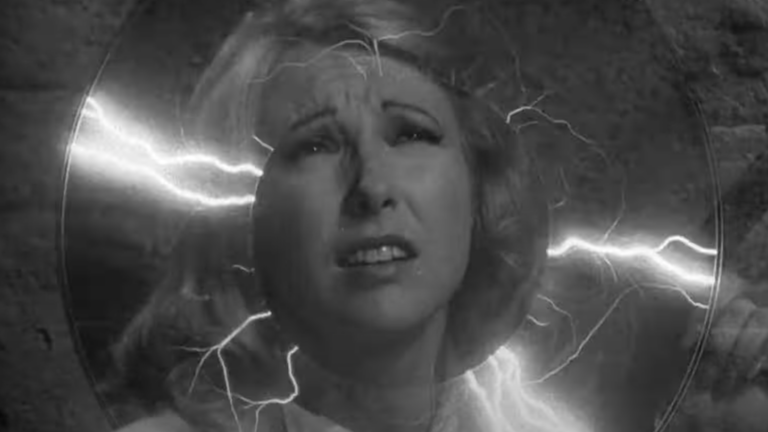
Brooks wrote that Young Frankenstein production designer Dale Hennessey, fresh off of 1971’s Dirty Harry, built an incredible Frankenstein’s castle set that “looked like it was made of sweating stone, like it was in the mountains where a mist had settled on the surface, leaving it all wet.” It was 15,000 square feet and 35 feet high, occupying Fox’s enormous Stage Five.
The production filled it with laboratory equipment from the original 1931 Frankenstein, which that fim’s brilliant designer Kenneth Strickfalden, who was in his 70s, had kept stored in his Santa Monica garage. “These were the contraptions that made the scary lightning zaps and conferred the entire set with a pulsating eerie glow.”
Teri Garr Nailed It
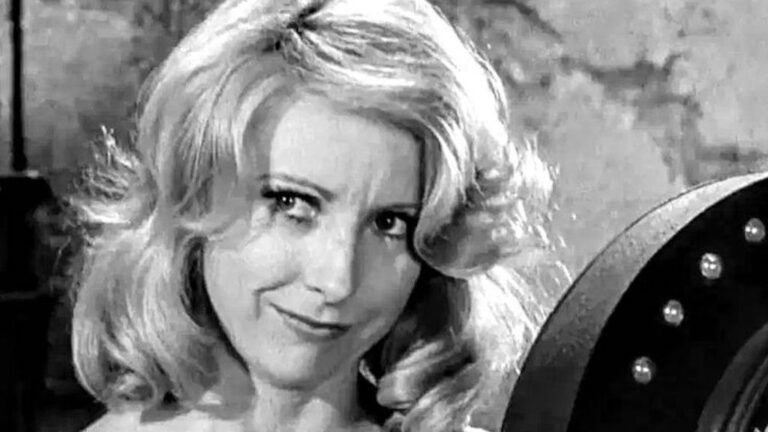
As Inga, Frankenstein’s lab assistant, Garr delivers unforgettable lines including “vould you like to have a roll in ze hay?”
Mel Brooks knew she had nailed it when she was supposed to deliver the line “No, no you musn’t,” in her audition and she instead came up with, “no, no, you mozzn’t!”
“Teri’s performance was spot-on,” Brooks wrote in his memoir.
Mel Brooks and Gene Wilder Disagreed on the Mustache
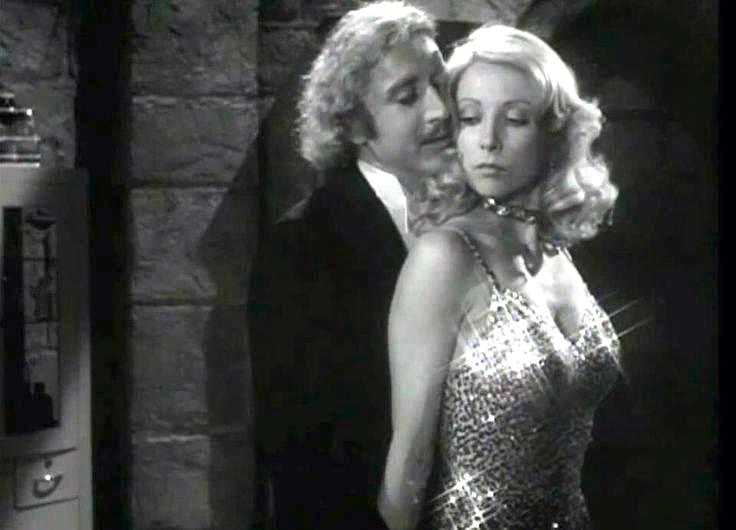
Mel Brooks wrote in his memoir than Gene Wilder chose to wear a “Ronald Coleman-type mustache” that the director didn’t initially like. So they shot two versions of a scene, one with it and one without, and Brooks realized Wilder was right.
“Gene has never looked more handsome than when he was playing young Dr. Frankenstein,” Brooks wrote in All About Me!
The Zipper Joke Was to Get Around Potential Legal Issues
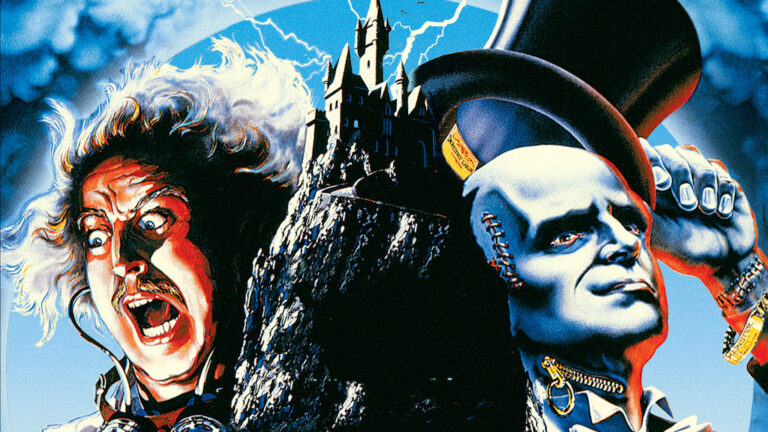
The 1931 Frankenstein had bolts in his neck, but Mel Brooks didn’t want to use them to avoid “copyright issues” with the original Frankenstein.
So makeup mastermind William Tuttle, a veteran of films including The Wizard of Oz, Singin’ in the Rain and 7 Faces of Dr. Lao — for which he won a special Oscar, before there was even a makeup category at the Oscars — came up what Brooks calls “a stroke of genius — a zipper!”
Boyle spent four hours a day in the makeup chair, Brooks wrote — and “stopped complaining the minute he saw the incredible results at the dailies.”
Mel Brooks and Gene Wilder Almost Had a Fistfight Over ‘Puttin on the Ritz’
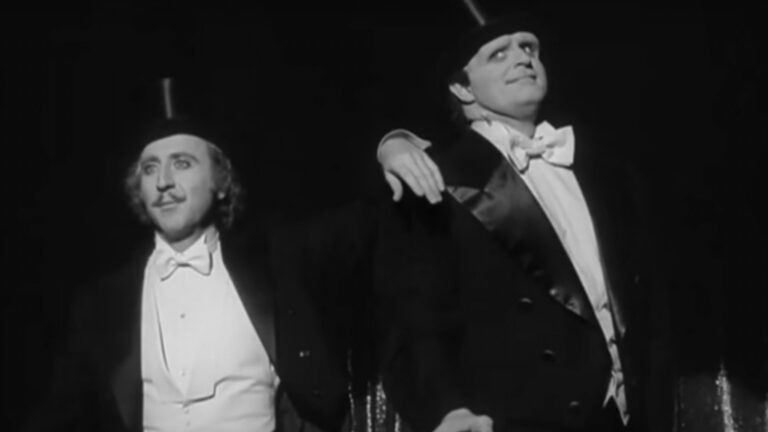
Mel Brooks initially felt that the film’s famous song-and-dance sequence — in which Wilder’s Frankenstein performs “Puttin’ on the Ritz” with Boyle’s monster — “was too silly and would tear the continuity of the film to pieces.”
“We fought and we fought. Our tempers rose and we almost got into a fistfight over it,” Brooks wrote. Finally Wilder calmed him down and ask that they shoot it and consider it, and agreed to cut it if it didn’t work.
It worked. After a test screening, Brooks told Wilder, “Not only does it work, but it may be one of the best things in the whole movie,” according to his memoir. Audiences for the last 50 years have agreed.
Liked This List of Young Frankenstein Behind the Scenes Stories?
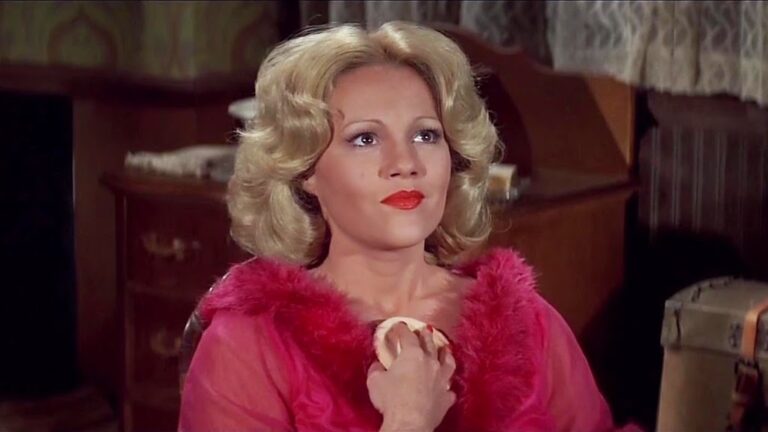
We bet you’ll also like this list of 12 Blazing Saddles Behind the Scenes Stories, many of them also involving Gene Wilder, Mel Brooks and Young Frankenstein and Blazing Saddles star Madeline Kahn.
You might also like this story on 13 Classic Rock Songs inspired by Movies We Love, which details how Young Frankenstein inspired Aerosmith’s “Walk This Way” — and shares many other musical origin stories.
Main image: Teri Garr in Young Frankenstein. 20th Century Fox.
Editor’s Note: Corrects typo.
